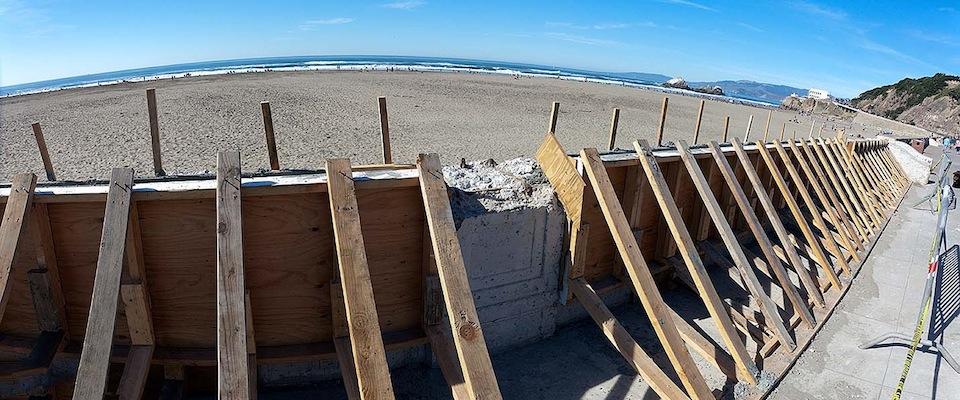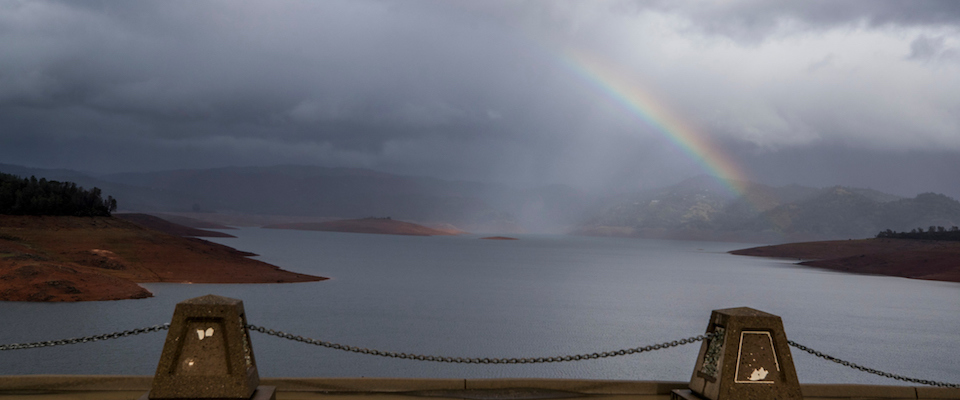Yes, it damages hillsides and streams, but erosion is not all bad
In a simpler world, all the “good” environmental processes would wear white cowboy hats while all the villains would be off causing cancer, clubbing baby seals, and making people fat. In the real world, the bad guys—in this case, erosion—sometimes muddy the waters by doing good deeds.
During the Gold Rush, when California miners deliberately eroded whole mountains using water canons, the sediment washing downstream choked salmon runs, caused flooding in Sacramento, and smothered the oyster beds of the San Francisco Bay. Today, in farmland around the world, erosion strips soil of its nutrients and pollutes waterways. Scientists have estimated the annual cost of erosion from agricultural lands to be $400 billion worldwide, $37.6 billion in the United States.
But while erosion sucks in the figurative sense, it also literally sucks— it takes greenhouse gas out of the atmosphere and buries it. According to Berkeley soil scientist Asmeret Asefaw Berhe, whose paper on the topic was published in BioScience, erosion consumes up to 10 percent of the carbon dioxide emitted by burning fossil fuels. It works like this: As plants grow, they take in carbon dioxide and incorporate it into the soil. Over time, microorganisms digest the organic material in the soil, and much of the carbon is returned to the atmosphere. But if the soil washes away and is buried under layers of sediment, the carbon will be stuck there.
Giving erosion a climate-change commendation is troubling. “People were worried that there might be a bandwagon to justify dropping erosion standards,” says Jennifer W. Harden, one of Berhe’s co-authors and a U.S. Geological Survey soil scientist. “Reducing erosion should still be the A-1 priority.”
Eroding land is unable to support vegetation and loses its ability to draw carbon dioxide from the atmosphere. More than a century after hydraulic mining ended, many blasted hillsides are still bare of plants. And then there’s the matter of what happens to all that buried carbon if someone comes along and digs it up: Berhe found that a significant portion could go straight back into the atmosphere. As policymakers consider removing dams to restore salmon runs, they should realize that doing so could release the carbon buried by erosion. Many of the eligible dams are buried in eroded sediment; removing them would disturb this layer of mud and allow trapped carbon to escape.
In the BioScience paper Berhe writes, “Erosion is not a sensible management strategy for carbon sequestration.” Nonetheless, she says, it’s important to have a dispassionate accounting of how carbon circulates. By releasing so much greenhouse gas into the atmosphere, we are essentially conducting a large-scale experiment with the Earth. Accurately recording the results of this experiment is far more important than maintaining clear distinctions between the black hats and the white.


















